Jumping into skincare is exciting, but there are some ingredients that cause intimidation! Vitamin C offers an abundance of benefits, but the numerous forms it can take and how to use it best can be overwhelming -especially for someone just starting out!-. That’s why we’re here with our trusty Picky Expert Dr. Nic (@drnicholaslow), to highlight some facts and helpful tips to get you started. Or if you’re already on your skincare journey, make it even better!
What Makes the Ideal Vitamin C Product?
When searching for a vitamin C, ideally it should have the following features: Penetration, conversion and resistance to degradation. When it comes to penetration, if a product can’t be absorbed into the skin, it won’t do anything! And as you might notice searching the web for a vitamin C, there are many versions. But that’s because the active form of vitamin C -L-ascorbic acid- doesn’t penetrate into the skin well and not stable. So the need for a more stable and penetrating derivative is high! And last, but most importantly, shelf life! You don’t want a product that goes bad quick, and its ability to resist oxidation and degradation can help keep it around longer. So check the product for the expiration, ingredient list and PAO (Period After Opening).
Different Types of Vitamin C
1. L-Ascorbic Acid
Our Picky Expert, Dr. Nic’s, top choice but can definitely cause irritation. This form has the most evidence to back up the benefits: antioxidant, UV damage repair, collagen synthesis and even out hyperpigmentation. Try looking for a formula contain a 10-20% concentration and possibly include Vitamin E and/or Ferulic Acid. These ingredients add a whole new level of benefits when combined! But beware, this acidic formula can be irritating for sensitive skin types.
2. Ascorbyl Tetraisopalmitate (VC-IP)
A good option for those with sensitive skin types. There’s a little bit less studies to back up this form of vitamin C, but it does show similar benefits. Such as antioxidant properties, collagen synthesis increase and evening out skin tone. This form works at the skin’s natural pH, meaning it will be less acidic and better tolerated by those with sensitive skin!
3. Tetrahexyldecyl Ascorbate (THD)
The verdict for this one is still out, but definitely a plausible choice! However, the price and efficacy varies greatly depending on the formulation. THD has gained a lot of popularity recently, but still needs a bit more investigation. Current research shows that certain formulations do deliver results, but it depends on the formula. If you want to give this form a try, look for a formula with acetyl zingerone. Studies have shown it helps to prevent oxidation of THD!
4. 2Na-Isostearyl L-Ascorbyl Phosphate
Despite having a difficult name to pronounce and a rare find for over the counter products, the results are quite promising for this one! According to limited research, this form is stable, penetrates the skin and converts into the active form of vitamin C. But not super accessible!
5. Magnesium Ascorbyl Phosphate (MAP)
This is another good option for sensitive skin folks. This derivative has proven benefits, but whether it penetrates the skin well enough to do its job is still up for debate.
6. Ascorbyl Glucoside (AA-2G)
Yet another viable option for sensitive skin. There are mixed reviews for this form of vitamin C, but appears to have a better antioxidant benefit that MAP and SAP but not as strong on the collagen synthesis front. Verdict still out on penetration ability!
7. Ascorbyl Phosphate Palmitate (APPS)
This one has many unknowns. Also goes by Trisodium Ascorbyl Palmitate Phosphate. Only lab results to offer up on this version, so there’s some uncertainty around benefits for human skin.
8. Sodium Ascorbyl Phosphate (SAP)
Considering the current evidence and research on this particular form, it might be a good idea to pass up on this one. This can be considered a second-grade version of MAP with limited scientific evidence. With the existing studies with humans, it may not even penetrate the skin and provides less antioxidant ability than L-ascorbic acid.
9. 3-O-Ethyl Ascorbic Acid (EAC)
In our Picky Expert’s opinion, this might also need to be a pass. Purely based on current evidence out there about this form, it doesn’t show reliability since the benefit depends largely on the formulation.
10. Ascorbyl Palmitate (AA-PAL)
Another no-go for our Picky Expert. Studies show this form is as unstable as L-ascorbic acid and provides no benefits. Also there are concerns around whether this derivative is toxic!
Speed Read Vitamin C Labels
We know, these scientific names can be overwhelming, so here’s a few quick tricks to speed read through a product’s ingredient list! If you’re looking for a decent vitamin C formulation, check for “Tetra” in the name (Ascorbyl Tetraisopalmitate, Tetrahexyldecyl Ascrobate,etc). If there’s a “Palmitate,” you might want to avoid (Ascorbyl Palmitate, Trisodium Ascorbyl Palmitate Phosphate, etc).
Quick Tips To Use Vitamin C Like A Pro
- Wrap it up: Use aluminum foil to help prevent any light degradation of your vitamin C products.
- Go small: If you can, pick the smaller bottles that you can finish quickly. Don’t want that vitamin C to sit around too long.
- Pump it: Vitamin C can degrade with air exposure, so best way to avoid that is pick a product that has packaging where you don’t need to open and close.
- Breakfast with vitamin C’s: Let vitamin C complete your morning skincare routine! Vitamin C makes for a great addition to your sunscreen and overall protection from UV damage and pollution.
- Comes first: It’s best to put your vitamin C serums first, since ideally they are carefully formulated for fresh clean skin!
- Before it yellows: Definitely check the expiration and PAO on your products. Vitamin C will be less effective and possibly sensitizing if it’s oxidized and becomes yellow/brown.
- BFFs with SPFs: These two go hand in hand! Working with beautiful synergy to bring better protection to your skin!
- Potential haters: Might want to avoid pairing vitamin C up with the following ingredients –Benzoyl Peroxide, AHA, Salicylic Acid and Retinoids-.
It’s Easy As A-B-C!
Vitamins and ingredients in our skincare doesn’t have to feel like a chemistry lesson, instead let Picky help you out! On the Picky app you can get valuable skincare science information to breakdown the scientific jargon in a way that’s approachable for everyone. Let’s learn together and create a well-educated and skin healthy community on Picky. Don’t forget to follow us on Instagram and check out our YouTube channel!
Created With

Dr. Nic
Doctor
@drnicholaslow

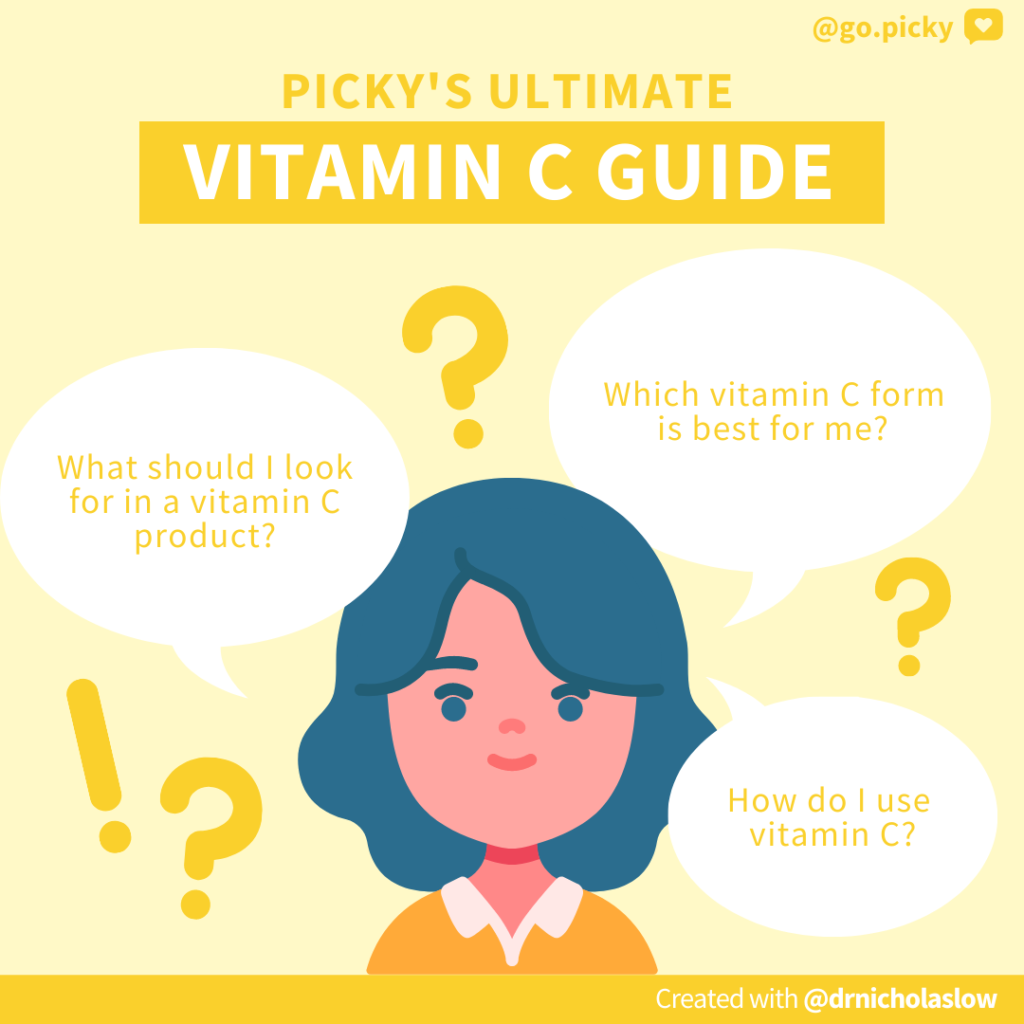







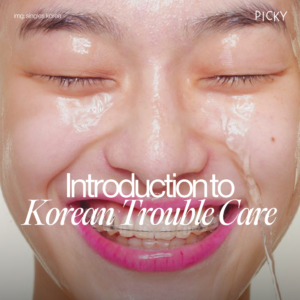
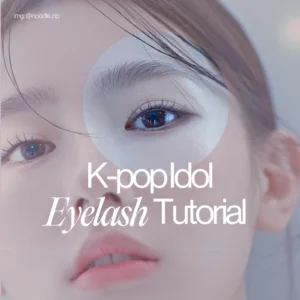



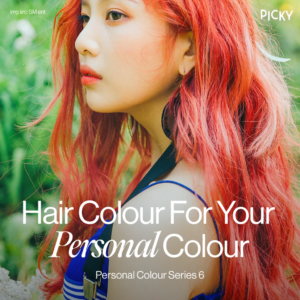
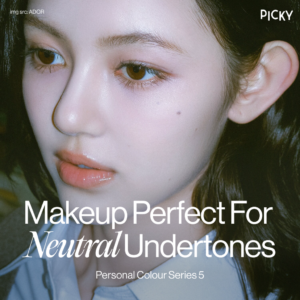


3 Responses
Very helpful thank you for all this good good information.
Thank you. Enjoyed reading
Great article! I LOVE Vitamin C!